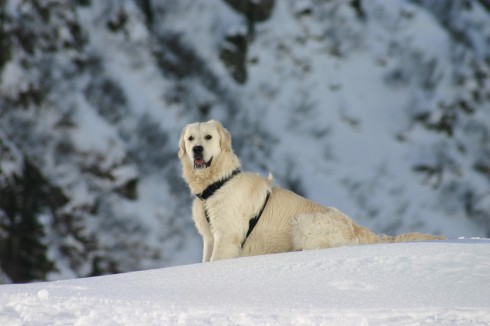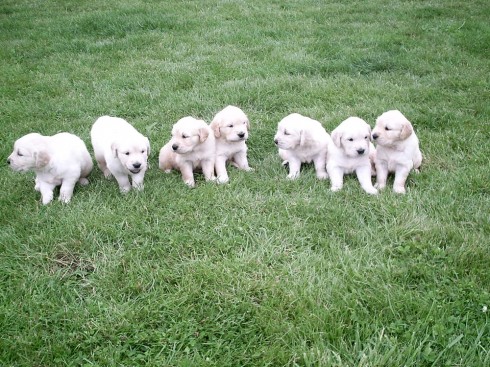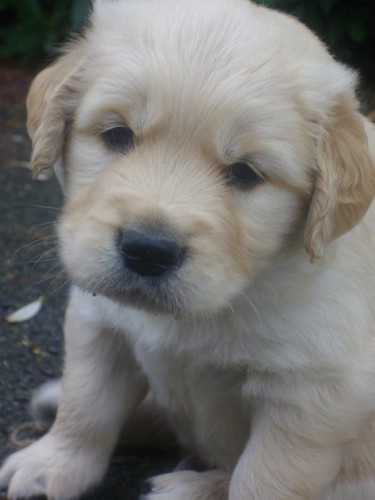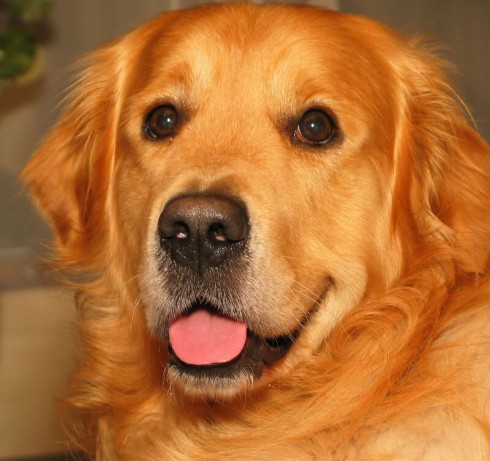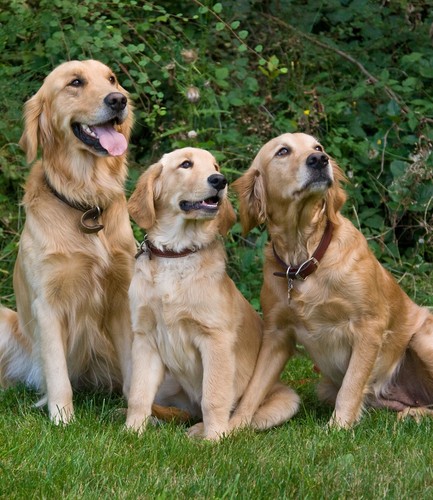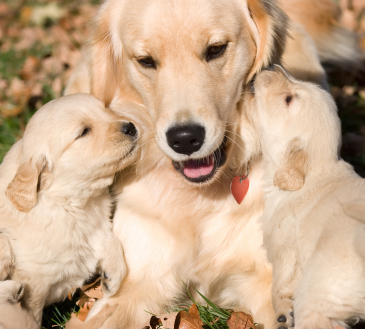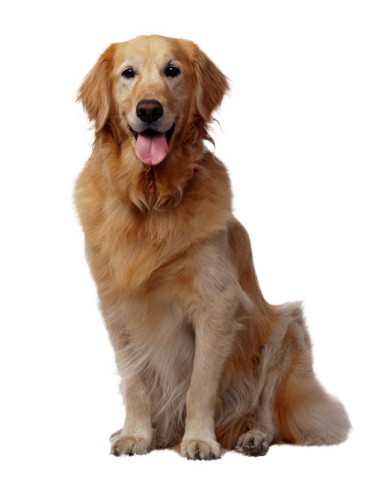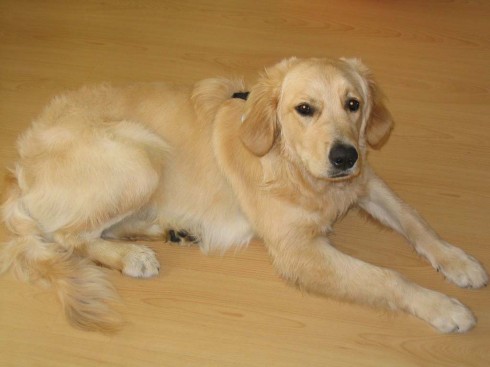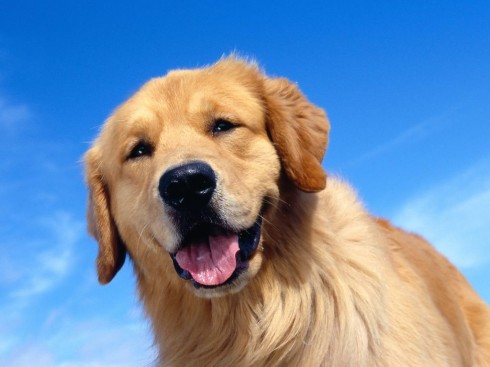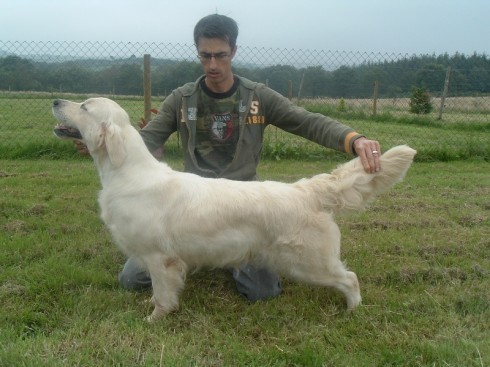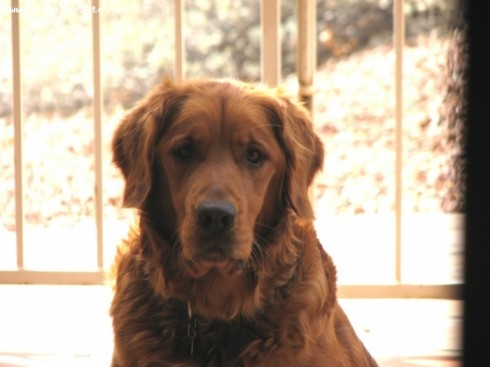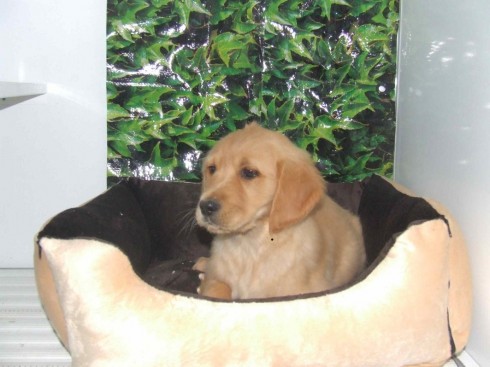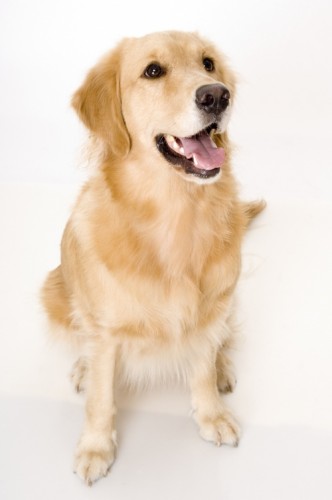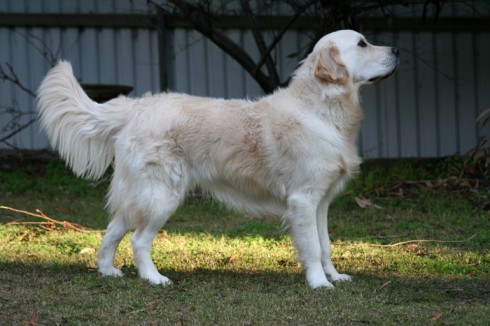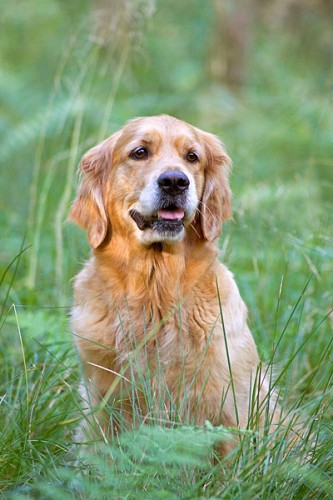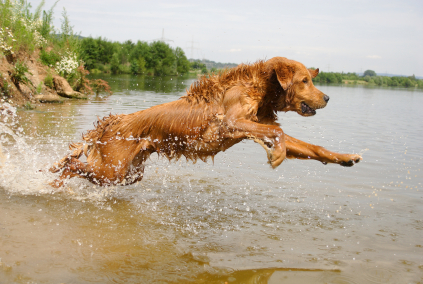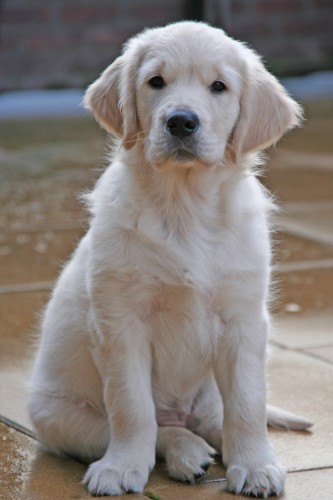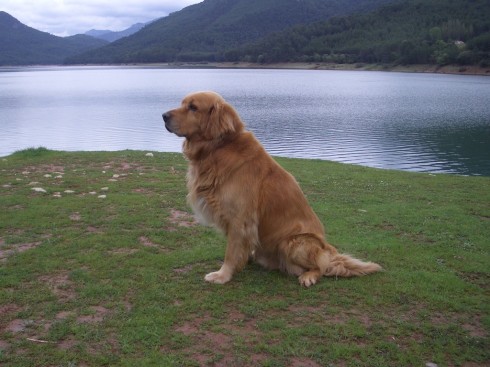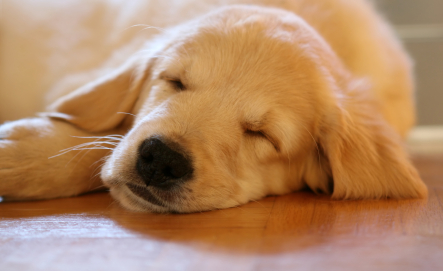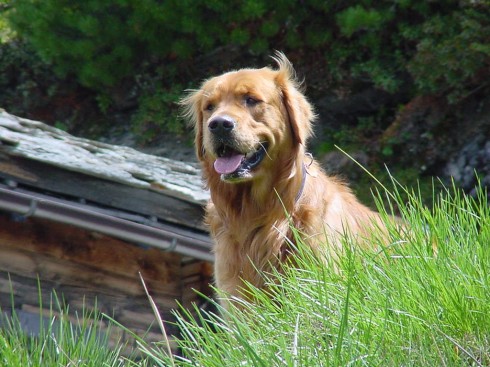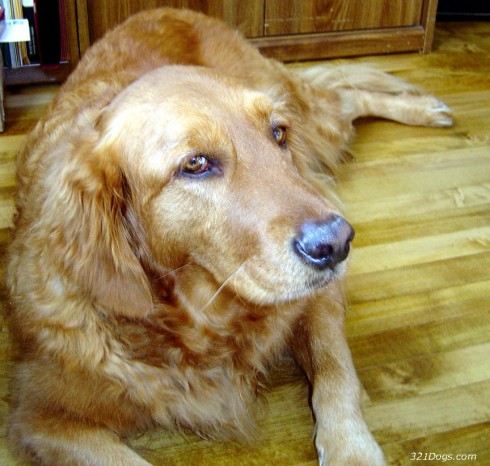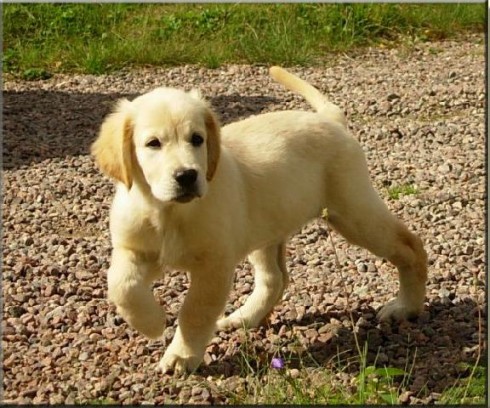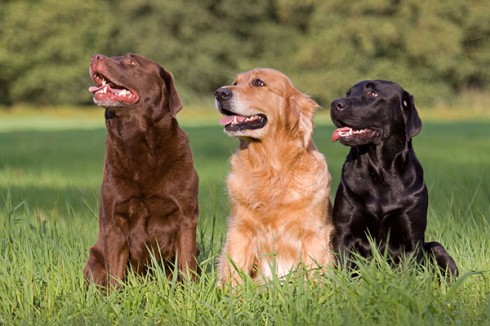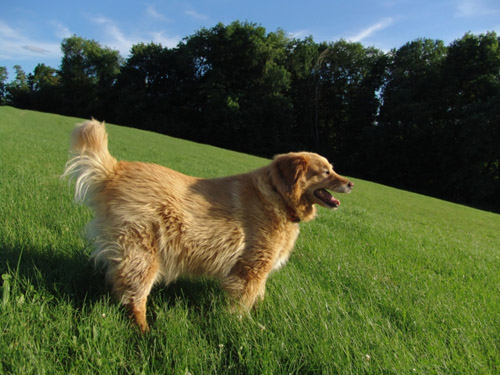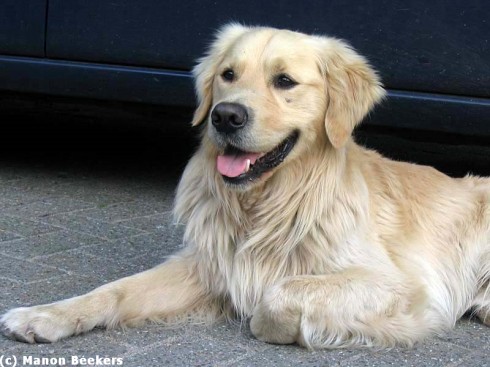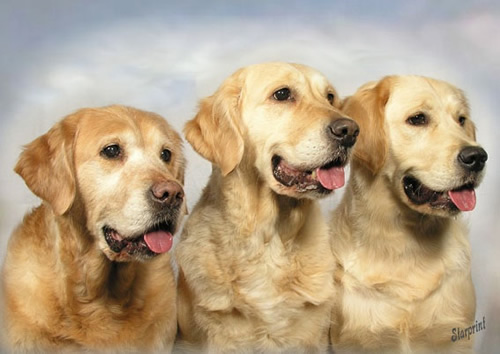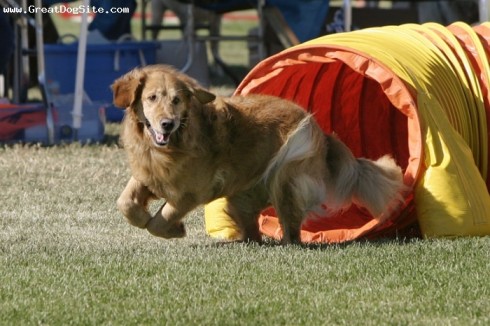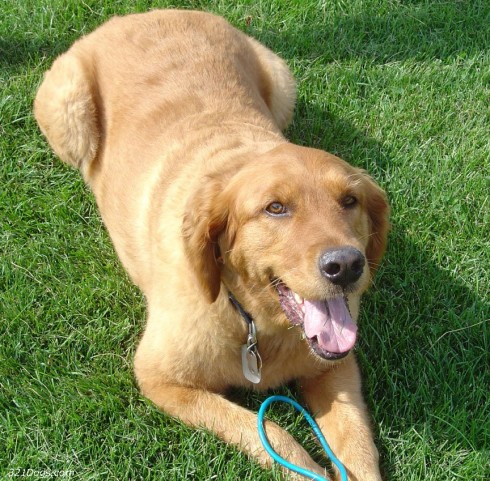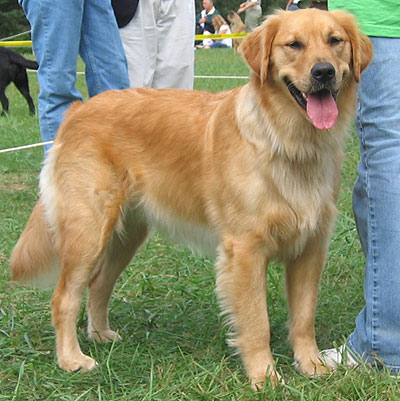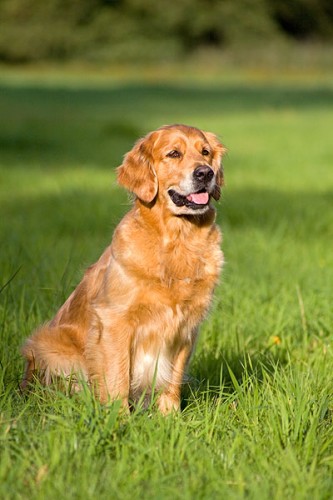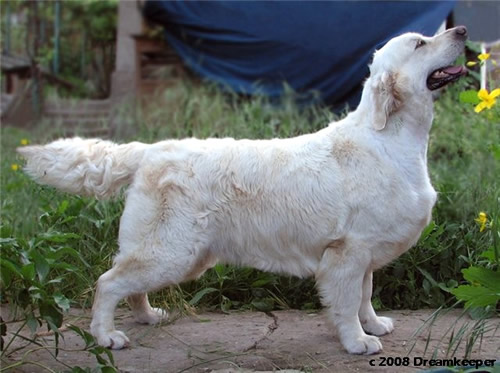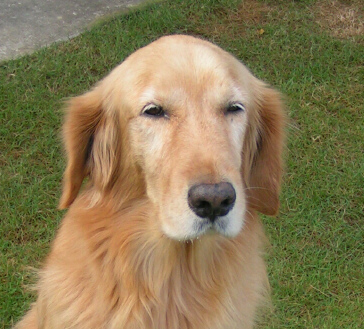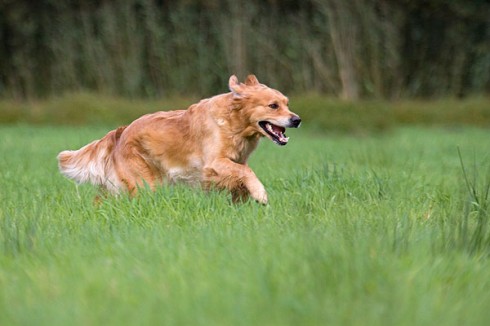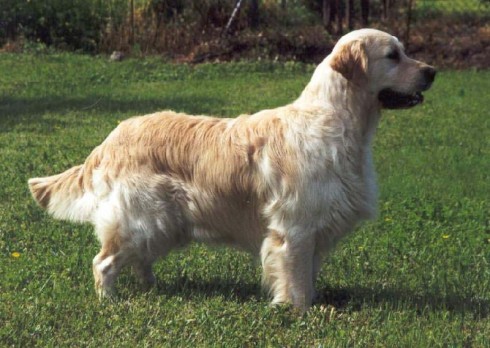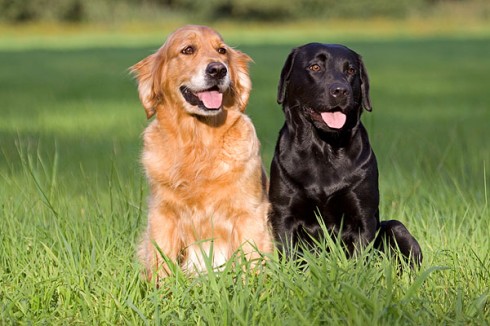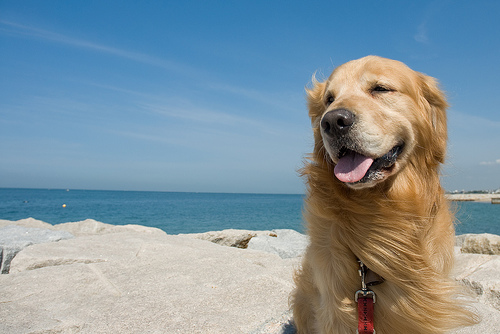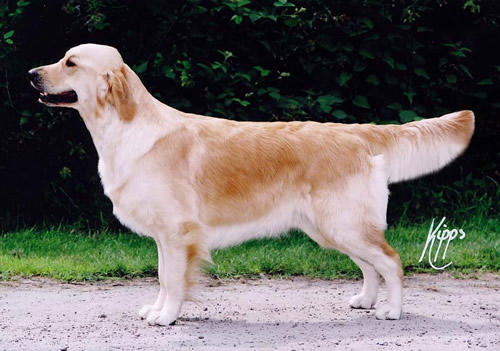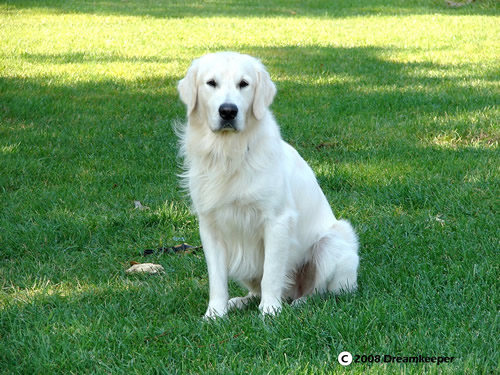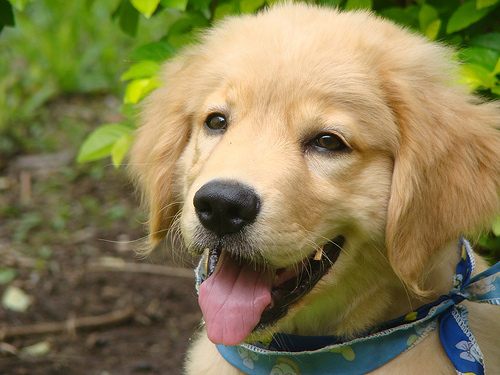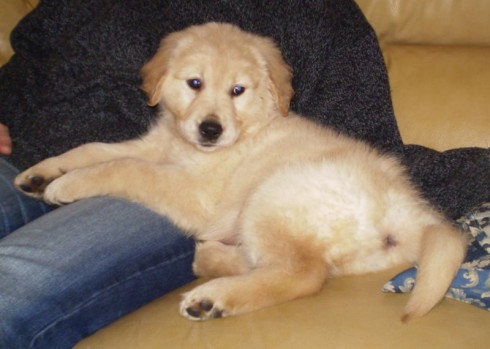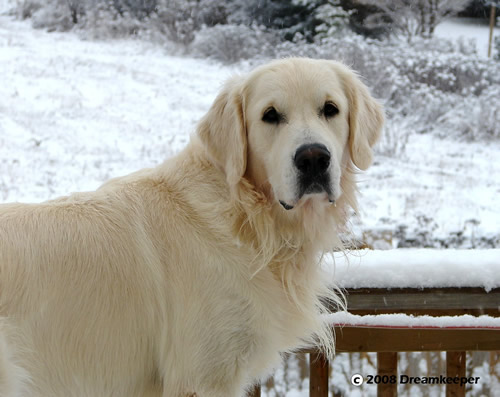Main Index
In Store
Our Web Store
Miniature Schnauzer Picture Gallery
Latest Dog Blogs
- What Are The Basic Commands To Train A Dog?
- PaySafe As The Most Popular Type Of Deposit
- Everything You Need To Know About Pet Sales
- Dogs Contribute To Our Physical And Mental Well Being
- How To Choose Where To Bet On Greyhounds In 2022
- Volunteer With Animals - How To Help Dogs Around The World
- Basic Understanding Of The House Edge
- Why You Should Get A Dog
- Top 20 Popular Dog Names Around The World
- Constipation in Dogs and How to Find Solutions
Golden Retriever
Golden Retriever Picture Gallery
Golden Retriever Clubs/Associations
The Full Golden Retriever Description
Goldens are easy to train and strong, but their most outstanding trait is character. They are outgoing and devoted companions to all sorts of people, happy and trusting. They make great hunting companions, also.
Did you know?
The most complete records of the development of the Golden Retriever are included in the record books that were kept from 1835 until about 1890 by the gamekeepers at the Guisachan (pronounced Gooeesicun) estate of Lord Tweedmouth at Inverness-Shire, Scotland. These records were released to public notice in Country Life in 1952, when Lord Tweedmouth's great-nephew, the sixth Earl of Ilchester, historian and sportsman, published material that had been left by his ancestor. They provided factual confirmation to the stories that had been handed down through generations.
Golden Retrievers are used successfully in field trials, hunting, obedience, and as guide dogs for the blind.
Golden Retrievers were first shown in England at the Crystal Palace show in 1908, and were listed as Flat Coats (Golden).
So you want to own a Golden Retriever?
Renowned for its reliable temperament, the Golden Retriever makes a great hunter, family pet or show dog.
Although they can adapt to living in a small apartment they need to be given plenty of exercise daily.
The Golden Retriever's dense water repellent coat ranges in color from light to dark shades of gold.
Indicative Breed Standard
General Appearance
Symmetrical, balanced, active, powerful, level mover; sound with kindly expression.
Characteristics
Biddable, intelligent and possessing natural working ability.
Temperament
Kindly, friendly and confident.
Head and Skull
Balanced and well chiselled, skull broad without coarseness; well set on neck, muzzle powerful, wide and deep. Length of foreface approximately equals length from well defined stop to occiput. Nose preferably black.
Eyes
Dark brown, set well apart, dark rims.
Ears
Moderate size, set on approximate level with eyes.
Mouth
Jaws strong, with a perfect, regular and complete scissor bite, i.e. upper teeth closely overlapping lower teeth and set square to the jaws.
Neck
Good length, clean and muscular.
Forequarters
Forelegs straight with good bone, shoulders well laid back, long in blade with upper arm of equal length placing legs well under body. Elbows close fitting.
Body
Balanced, short-coupled, deep through heart. Ribs deep, well sprung. Level topline.
Hindquarters
Loin and legs strong and muscular, good second thighs, well bent stifles. Hocks well let down, straight when viewed from rear, neither turning in nor out.
Cow-hocks highly undesirable.
Feet
Round and cat-like.
Tail
Set on and carried level with back, reaching to hocks, without curl at tip.
Gait/Movement
Powerful with good drive. Straight and true in front and rear. Stride long and free with no sign of hackney action in front.
Coat
Flat or wavy with good feathering, dense water-resisting undercoat.
Colour
Any shade of gold or cream, neither red nor mahogany. A few white hairs on chest only, permissible.
Size
Height at withers: dogs: 56-61 cms (22-24 ins); bitches: 51-56 cms (20-22 ins).
About Our Article Directory
- Article
- 27 November 2010
- 2 comments
Canis lupus familiaris
- Breed Article
- 29 May 2010
- No comments
The Top Ten Best Dog Breeds For You And Your Children
- Article
- 14 February 2010
- No comments
Quick Search
Donate
Latest Dog Pods
- Tips on How to Stop Your Dog from Biting
- Beware - Not All Advertised Dog Rescues Really Are! How Can You Know The Truth?
- Helpful Tips For Dog Obedience Problems
- How to Keep Dogs From Eating Poop
- Dog Grooming Tips - A General Overview of the Very Basics of Dog Grooming
- Recognising Different Types of Dog Obedience Problems
- 5 Important Tips On Feeding A Puppy


